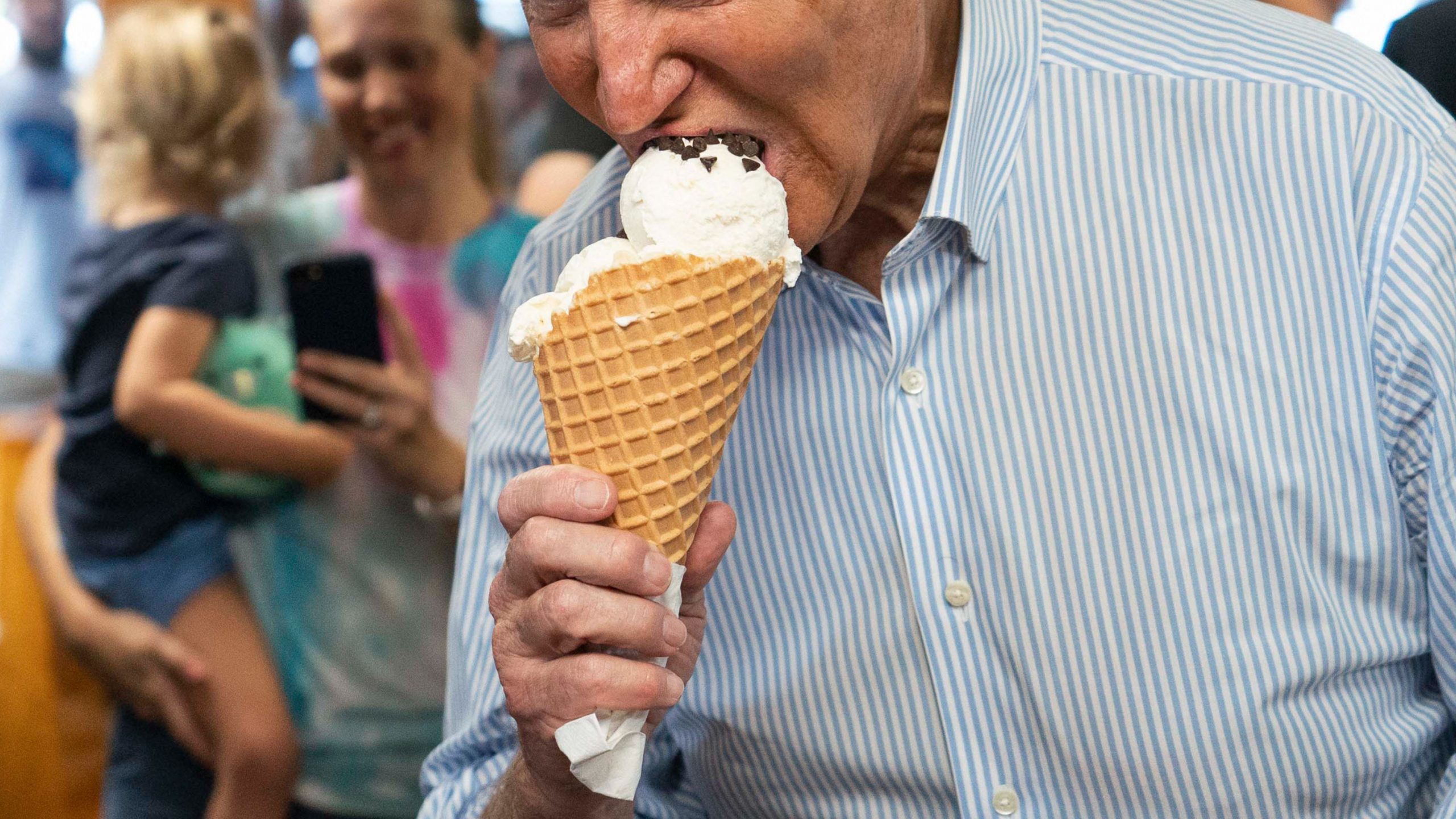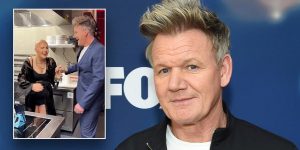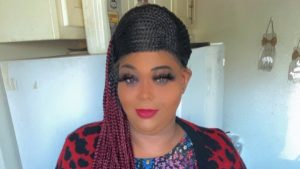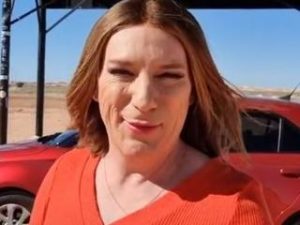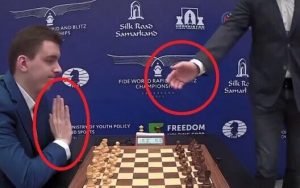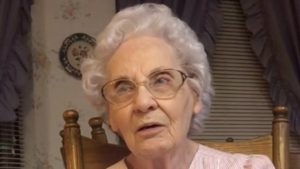A TikTok trend is once again doing rounds on the internet. This time it has nothing to do with learning new dance moves or new cooking tricks but it will definitely make you spit out your vanilla lattes.
It all started after a user Sloowmoee posted a video in which he tells people to film their reactions before and after googling “where does vanilla flavouring come from?”
In the video, Sloowmoee takes a sip of vanilla latte before googling the question, looking shocked and shouting “no more vanilla!”
Also read: Man leaving ‘negative tip’ for restaurant staff, sparks debate
This made hundreds of other TikTok users create more clips doing the same, while search for the question rocketed on Google.
So, where does vanilla flavouring come from?
As you google the question, one of the top ranking results shows an article from a National Geographic with the headline “Beaver butts emit goo used for vanilla flavouring”.
In this article, it explains how a chemical compound called castoreum can be used for vanilla flavourings.
Also read: Watch | World’s first 22K gold plated vada pav sold in Dubai at Rs 20,000
According to National Geographic, Castoreum is produced in beavers’ castor sacs, which are located between the pelvis and the base of the tail. Not to forget, it is next to the anal glands.
This brown slime-like substance has a musky, vanilla-like scent, because of beavers’ diet of bark and leaves, the National Geographic explained.
It is said that Beavers use it to mark their territory, but it can also be “milked” from anaesthetised beavers and used as a flavouring or scent in foods and perfumes.
Meanwhile, the US Food and Drug Administration has listed castoreum as a “generally regarded as safe” additive. The manufacturers have been using castoreum in food and perfume for at least 80 years, according to a 2007 study in the International Journal of Toxicology.
Also read: Watch: Taliban use American chopper, fly with body hanging from rope
However, it is difficult to obtain in sizable quantities. It is still used in some candles and perfume products, but almost never in food and drink.
But, where does vanilla flavouring in food and drinks come from?
This answer can be a lot less interesting than the first. But significantly more pleasant. The vast majority of vanilla flavouring in food and drinks is now synthetic.
A synthetic version of vanillin – the organic compound found in vanilla beans, that gives vanilla extract its flavour – is now used more often than the natural extract.
Artificial vanillin is made either from guaiacol, an aromatic oil usually derived from guaiacum or wood creosote or lignin, found in bark.

